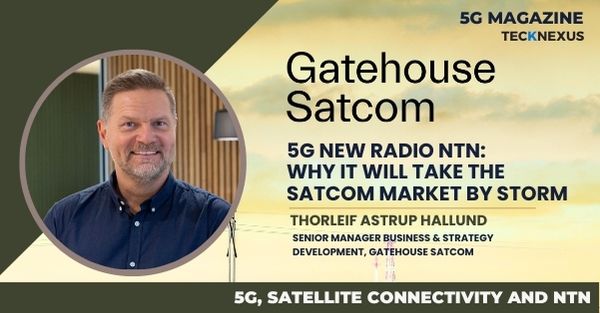Swedish Space Corporation (SSC) has signed a ten-year contract with the low Earth orbit satellite communications company OneWeb to build and manage a new OneWeb Satellite Network Portal (SNP) in Yellowknife, NW, Canada.
This new SNP will deliver increased bandwidth, performance, and resiliency to all OneWeb services active today across Northern Canada. The new site will be on the traditional territory of the Yellowknives Dene First Nation and the Det’on Cho Environmental will be providing local guidance on environmental assessments and permitting.
Northern Canada’s telecommunications leader Northwestel’s extensive northern fibre network will provide the ground connectivity to support the SNP.
Construction of the SNP is underway in Yellowknife’s new Engle Business District. It will serve as a gateway for OneWeb satellite broadband internet in Canada with 27 antenna bases once completed by Q4 2023.
SSC will oversee the project, including the development of the site infrastructure to support the antennas, and once the site is operating, SSC will provide ongoing maintenance and on-site support for a period of ten years.
The construction and maintenance of the SNP will be a significant project and represents a sizeable investment in the region. The telecommunications partners have worked closely with local government leadership and business to ensure the project and subsequent connectivity will contribute significantly to the City of Yellowknife and the broader Territory.
“SSC and OneWeb have developed a close relationship over the years. We have accompanied OneWeb throughout many milestones and decision points, based on our worldwide presence and long experience in the field of ground infrastructure and project management. For each one of OneWeb’s gateway construction projects, our highly experienced engineering team manages all the local sub-contractors and works tightly together with OneWeb to ensure we meet all customer requirements,” says Erwin Mercado, SSC Head of Americas.
“Canada is one of the first countries to have access to a LEO Network and is a top priority market for OneWeb. We are thrilled that through this partnership with SSC and Northwestel, we will be able to provide even the farthest reaches of the country with reliable, high-speed broadband connectivity. We are grateful for the support of our trusted partners and the leadership of the Yellowknives Dene First Nation, who together are helping to expand connectivity across the communities of the Northwest Territories. OneWeb’s satellite network is built on reliability and resiliency, and we are proud to be providing Canada with a robust solution to the decades-long problem it has faced in delivering connectivity to remote regions,” says Howard Stanley, Vice President, Americas, of OneWeb.
“Our investments in a strong northern fibre network are attracting global investment in more projects North of 60, bringing real benefits to our communities. We are proud to be partnering on bringing next-generation technology to Northern markets,” says Paul Gillard, Vice President of Business Markets, Northwestel.
OneWeb’s network is in service today delivering high-speed, low-latency services to connect schools, communities, mines and more across Canada and this new SNP will bring additional benefits of the network to some of the most challenging areas to serve.
SSC has been partnering with telecom satellite businesses for more than 50 years, providing gateway support at various locations around the world.
Source: OneWeb Press releases


























